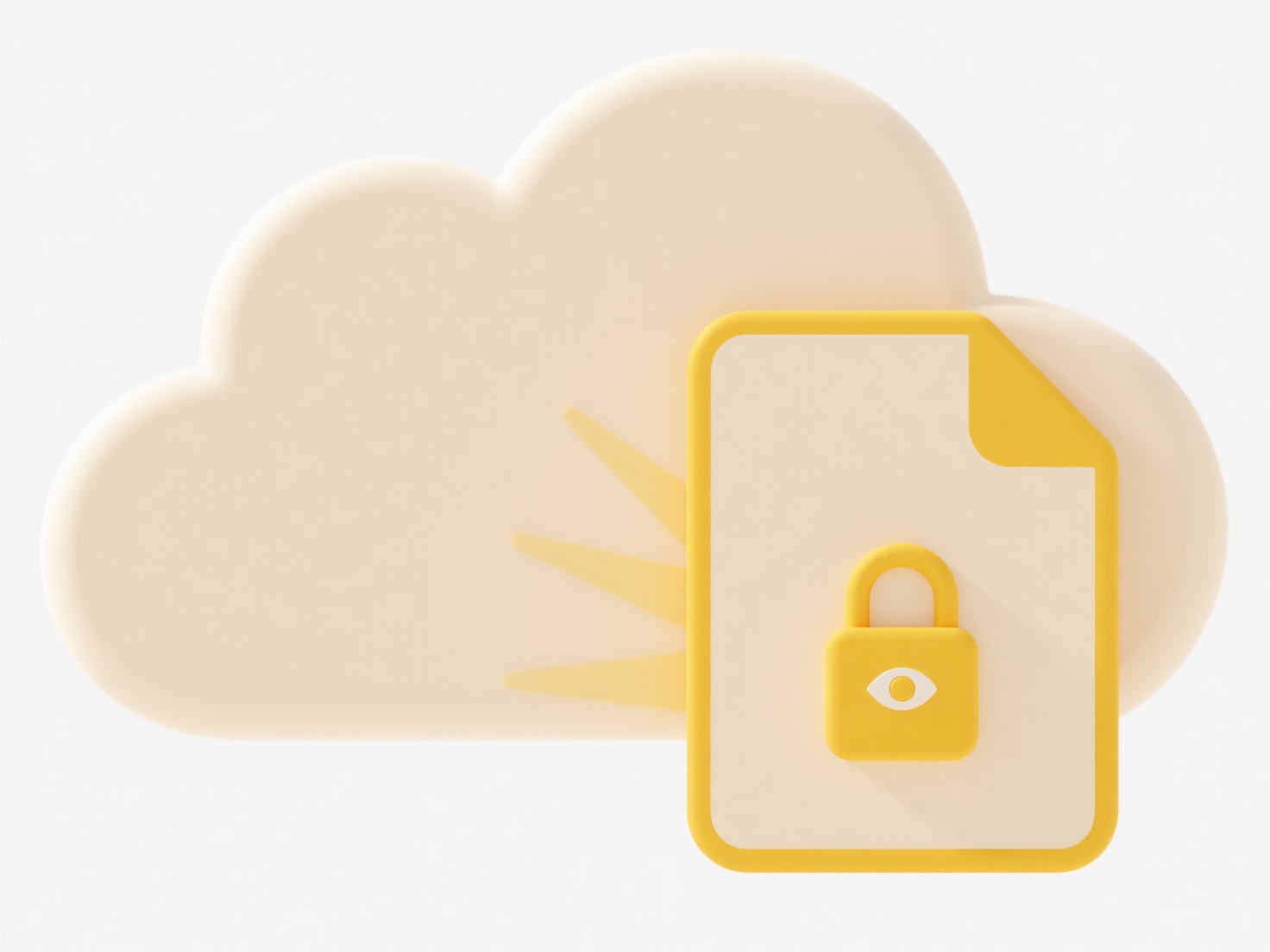
Unsharing a file means revoking access permissions previously granted to specific users or groups. It removes their ability to view, edit, comment on, or download that specific file, depending on the permissions they held. Importantly, unsharing does not delete the file itself; it solely removes others' access to it. The file remains stored in its original location, accessible only to users who still retain permission (often just the owner or original organizer). This action specifically targets the sharing permissions, unlike deletion which removes the file entirely.
For example, after an employee leaves a company, an HR administrator might unshare confidential salary documents that were accessible to their team, ensuring only current, authorized personnel retain access. Similarly, a user might unshare a presentation shared via a link like in Google Drive or SharePoint after realizing it was accidentally sent to the wrong external partner. Cloud storage platforms, collaborative document editors, and project management tools commonly provide straightforward controls for unsharing individual files or folders.

The primary advantage of unsharing is precise control over confidentiality and data security, allowing owners to quickly rescind access when needed without impacting others. Key limitations include the potential for users who previously accessed the file to have saved local copies already. Ethically, file owners have a responsibility to manage sharing appropriately to protect sensitive information and respect user privacy by removing unnecessary access promptly.
What happens when I unshare a file?
Unsharing a file means revoking access permissions previously granted to specific users or groups. It removes their ability to view, edit, comment on, or download that specific file, depending on the permissions they held. Importantly, unsharing does not delete the file itself; it solely removes others' access to it. The file remains stored in its original location, accessible only to users who still retain permission (often just the owner or original organizer). This action specifically targets the sharing permissions, unlike deletion which removes the file entirely.
For example, after an employee leaves a company, an HR administrator might unshare confidential salary documents that were accessible to their team, ensuring only current, authorized personnel retain access. Similarly, a user might unshare a presentation shared via a link like in Google Drive or SharePoint after realizing it was accidentally sent to the wrong external partner. Cloud storage platforms, collaborative document editors, and project management tools commonly provide straightforward controls for unsharing individual files or folders.

The primary advantage of unsharing is precise control over confidentiality and data security, allowing owners to quickly rescind access when needed without impacting others. Key limitations include the potential for users who previously accessed the file to have saved local copies already. Ethically, file owners have a responsibility to manage sharing appropriately to protect sensitive information and respect user privacy by removing unnecessary access promptly.
Quick Article Links
What is a .csv file and when should I use it?
A CSV (Comma-Separated Values) file is a simple plain text format used to store tabular data, such as spreadsheets or da...
How do I rename audio recordings by speaker name?
Speaker renaming for audio recordings involves assigning filenames based on speaker identities rather than generic names...
How do I share files securely during onboarding?
Secure file sharing during onboarding refers to protected methods for transmitting sensitive documents like contracts, t...